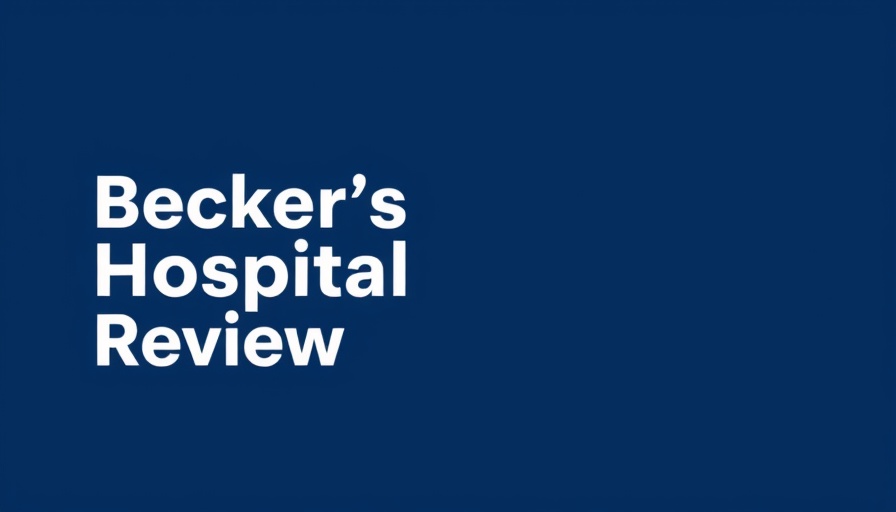
FDA's Longstanding Oversight: A Timeline of Negligence
For nearly a decade, the FDA maintained a concerning tolerance towards contaminated drug shipments from Sun Pharma, one of India's largest pharmaceutical manufacturers. This oversight occurred despite numerous inspections that raised red flags about the manufacturing quality at Sun’s Halol facility. Documented history shows a pattern of repeated instances of contamination, bad quality control, and the shipment of adulterated drugs, including essential cancer treatments. The urgency of this issue cannot be overstated, especially as it involves medications that many vulnerable patients rely on to manage serious health conditions.
Sun Pharma's Promises: A Case Study in Ineffectiveness
Throughout their time in scrutiny, Sun Pharma consistently pledged reforms—vowing to invest about $218 million into improving facility standards. Yet, despite these assurances and an apparent commitment to address safety concerns, the FDA's inspections in 2016 revealed that contamination issues persisted. For family practice doctors, nurse practitioners, and independent pharmacists, this raises an important question: how can healthcare providers trust the quality of medications if manufacturers fail to adhere to safety and quality standards?
Implications for Patient Safety and Practice Efficiency
The ramifications of the FDA’s leniency extend beyond individual patients; they affect healthcare providers and community pharmacies. As contamination issues lead to product recalls—like the 8,500 bottles of Parkinson’s medications previously flagged—the implications for your practice and bottom line are significant. Losing confidence in a supplier can lead to increased costs as practices explore alternate sources and manage patient concerns. It compels us to rethink business workflows and consider new practice efficiency solutions that prioritize patient safety and medication integrity.
Understanding the Regulatory Environment
The FDA's approach towards enforcement of safety regulations should prompt discussions among healthcare providers about compliance and best practices. Currently, patients and practitioners alike deserve more stringent oversight. The prevalence of contaminated drugs emphasizes a need for clear medical billing procedures, which can help ensure that independent pharmacies and practices shield themselves from liabilities tied to unreliable suppliers.
The Path Forward: Empowering Practice Growth
Despite the alarming situation surrounding contaminated drugs, healthcare providers can turn this challenge into an opportunity to strengthen their practice. Engaging in proactive conversations about healthcare compliance and seeking out patient engagement tools can set a practice apart. Moreover, as the demand for quality healthcare grows, pharmacies can enhance their profitability by championing transparency and reliability in their medication supply chains.
Call to Action: Stay Informed and Advocate for Change
It’s time for healthcare professionals to demand reform. Advocate for enhanced quality standards within pharmaceutical manufacturing and share insights with your peers about potential risks associated with drug suppliers. Awareness and communication can significantly impact our collective health outcomes. Together, we can promote a safer, more accountable healthcare landscape.
 Add Row
Add Row  Add
Add 




Write A Comment